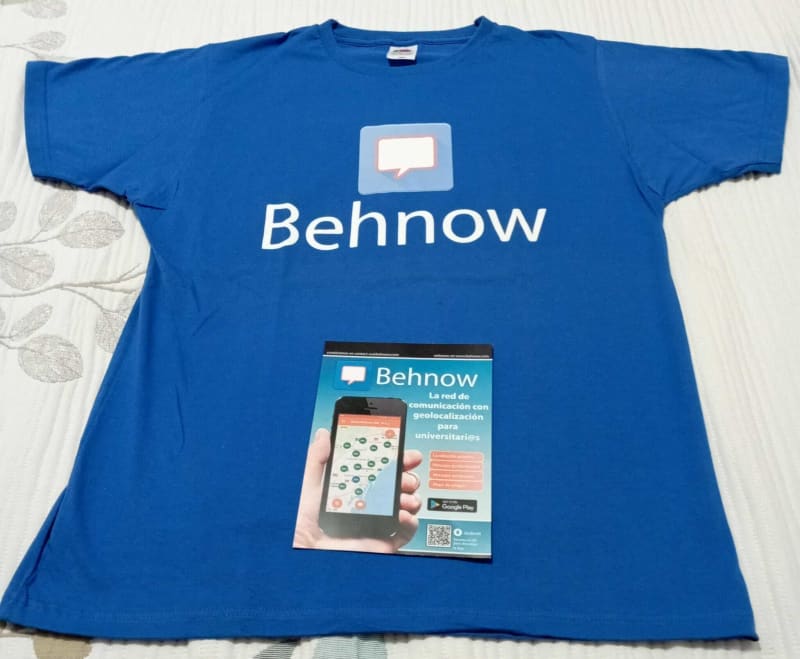Every day I read Hacker News and on 23rd September, 2023, this post reached #1 on Hacker News: My Solopreneur Story.
It talks about Tony Dinh’s story where he went from zero to $45K/mo in 2 years in his journey as a full-time indie hacker. He created four small but successful products, failed on six, built an audience of 97K followers on Twitter, and created a newsletter with 6K subscribers, all with his ups and downs.
First contact with marketing failure
As an indie hacker, I faced challenges with my developed products, I attribute the setbacks to a lack of audience. I always depended on SEO and ASO, and even though I’m no expert, I researched and applied the principles I came across. I also reached out to my family and friends to promote my products but their reach was insufficient. I emphasise the crucial role distribution plays in the success of any venture, at least from my perspective of failure.
In 2017, two years after ending university, I developed an Android App named Behnow, a geolocation social network. To promote it, I designed promotional materials such as flyers and T-shirts. I distributed flyers at my university, although it's worth noting that this practice is illegal in Spain without proper authorization—resulting in the removal of all flyers shortly afterward. Despite facing this challenge, the marketing effort yielded only two downloads without any registered accounts, a resounding success. Reflecting on the situation now, I realise that I should have approached the marketing strategy differently.

Failure Pack, T-shirt, and flyers 😂
Learns from Tony Dinh
Returning to the present and immersing myself in Tony Dinh’s narrative, I delved into his entire newsletter, Twitter feed, and many interviews. Through this exploration, I documented insights on audience-building strategies.
His discourse encapsulates updates on applications, recounting his experiences, app statistics, and the valuable lessons acquired along the way. Summarised in four pivotal points, he advocates:
- Engage with people
- Do cool/creative stuff, make noise
- Build products in public and fail in public
- Be genuine, be nice to people, and spread positivity.
In his product launch strategy, he relies on Product Hunt and imparts several key recommendations for a successful launch:
- Read the Product Hunt Launch Guide: Equip yourself with the essential insights provided in the Product Hunt Launch Guide.
- Prepare Launch Materials: Craft tailored materials designed for the launch to captivate the audience.
- Inform Your Audience in Advance: Notify your audience 24-48 hours before the launch, creating anticipation and ensuring engagement.
- Re-launch with Major Features: Don't hesitate to relaunch with significant updates or new features for the same product.
- Engage with Feedback: Respond to every comment and feedback on the launch post, fostering a dialogue with the audience.
He attributes part of his learning to Daniel Vassallo, a source worth exploring further.
I also noticed the Gumroad platform, a marketplace where you can sell digital products, which can be useful to test if a product has potential.
Furthermore, he sold a side project on acquire.com, an online marketplace dedicated to buying and selling startups. I wasn't familiar with this site before, and it seems like a viable avenue to conclude specific projects and ease marketing.
Conclusion
Establishing a robust online presence and promoting your products requires a strategic approach. This is why I've embarked on a journey to cultivate my audience on platforms like Twitter and Substack. This initiative aims to navigate new opportunities, breaking away from past setbacks. I'm excited to delve further into the invaluable insights I've acquired from Tony. The marketing journey holds plenty of untapped potential, and I am dedicated to the ongoing process of growth and exploration. Over the next few weeks, my focus will be on acquiring expertise in Twitter and Substack platforms, initiating audience growth, and formulating a well-defined marketing strategy.







Top comments (0)